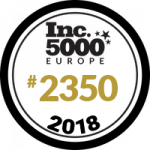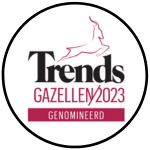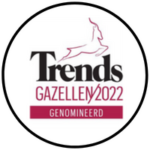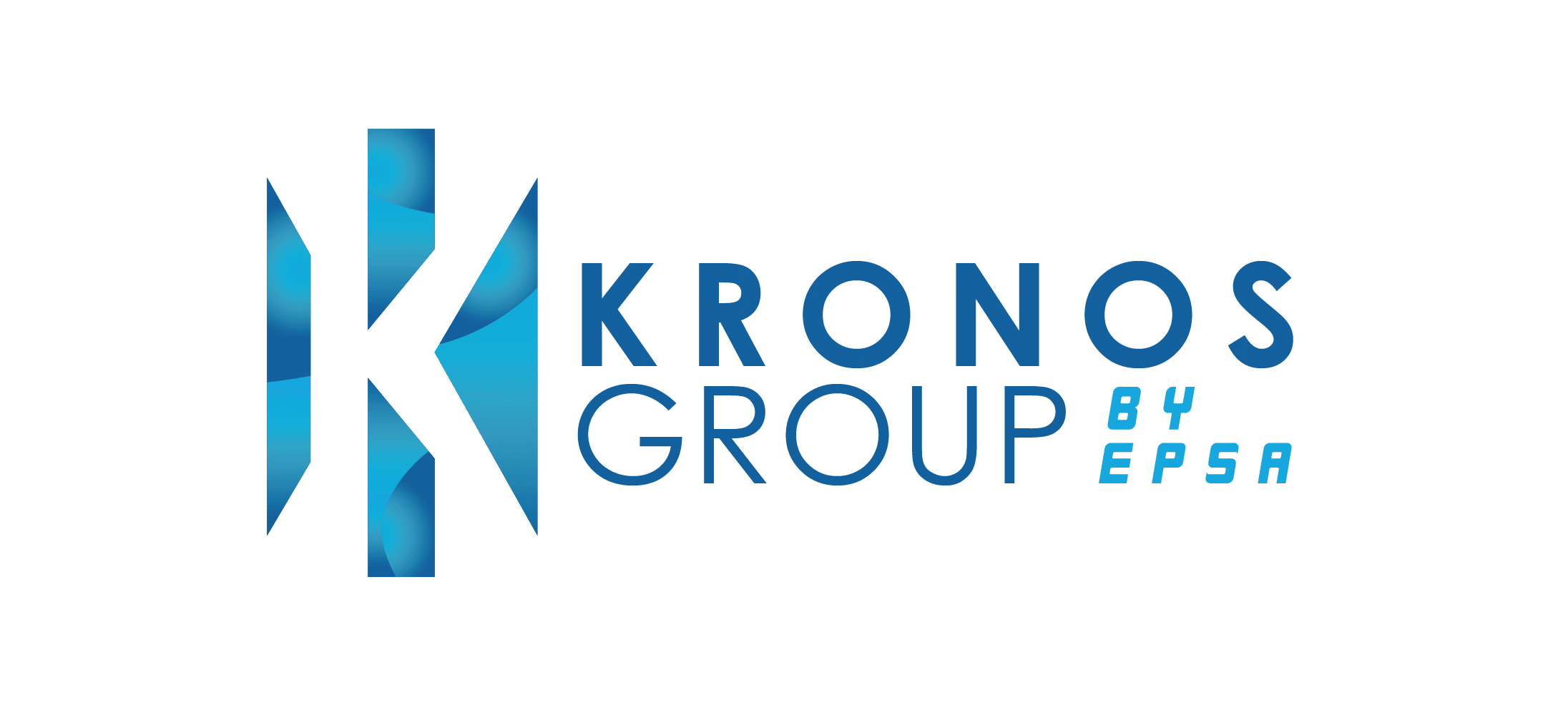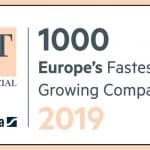Summary In the contemporary business environment, digital procurement is becoming increasingly popular and sought after by businesses around the world. The relationships …
Transform your procurement process with category management
Revolutionising procurement: The strategic impact of strategic sourcing management
Rising costs, inefficiencies, and fragmented supplier relationships are challenges that continue to disrupt procurement operations. These issues require more than reactive fixes—they demand a structured and strategic approach. The good news? There is a smarter way forward: category or strategic sourcing management.
Strategic sourcing management involves grouping similar products or services into distinct categories and managing them as strategic business units. This approach provides a clear framework to enhance decision-making, streamline operations, and foster stronger supplier partnerships.
With 55% of companies increasing their supply chain investments, the value of strategic sourcing management is evident. Improving efficiency, reducing costs, and driving meaningful supplier collaboration redefines how procurement contributes to organisational success.
Why traditional procurement approaches fall short
Although times are changing and processes are evolving, many organisations rely on outdated methods that fail to address today’s business needs. These conventional practices often struggle in two essential areas: operational efficiency and strategic alignment.
Inefficiency in transactional procurement
Conventional procurement tends to concentrate on isolated transactions—issuing purchase orders, handling invoices, and negotiating deals individually. While this approach may maintain operations, it offers minimal opportunities for optimisation or value enhancement. Firms face time-consuming processes, disjointed supplier relationships, and lost chances for cost savings.
Lack of strategic focus
A siloed, transactional approach limits procurement’s ability to take on a strategic role. Without a unified perspective, organisations miss chances to collaborate with suppliers on innovation, achieve long-term value, and leverage category-specific strategies for impactful cost savings. This lack of alignment stifles growth and undermines competitive advantage.
Research indicates that organisations employing traditional procurement methods spend more time on transactional tasks compared to those that embrace strategic procurement practices. This inefficiency not only impacts profitability but also restricts the organisation’s capacity to respond to market dynamics.
The shortcomings of traditional procurement underscore the necessity for a more strategic and comprehensive approach—one that transcends mere transactions to realise genuine value.
What are the key benefits of category management?

Cost reduction
Johnson & Johnson streamlined procurement management by consolidating suppliers and grouping related items, identifying cost savings of €50 million in European operations. This strategy highlighted how targeted strategic sourcing management reduces spending while improving negotiation leverage and supplier terms.

Increased efficiency
Through strategic sourcing management, Johnson & Johnson centralised spend data from 80 affiliates, accelerating access to critical procurement insights. This approach simplified processes, reduced time on manual tasks, and enabled faster, more strategic decision-making, significantly improving operational efficiency.

Supplier collaboration
Johnson & Johnson used strategic sourcing management to identify and coordinate with key suppliers across regions. By fostering stronger partnerships, they unlocked innovative solutions, improved supplier performance, and ensured consistent value delivery, proving the importance of collaboration in procurement success.

Risk mitigation
Strategic sourcing management enabled Johnson & Johnson to thoroughly assess supply chain risks. With improved visibility, they identified vulnerabilities, reduced reliance on single suppliers, and enhanced resilience, ensuring seamless operational management even during periods of market volatility and uncertainty.

Data-driven decisions
Using advanced analytics tools, Johnson & Johnson gained a clearer understanding of spending patterns and demand trends. These insights guided better forecasting, optimised category strategies, and ensured procurement management decisions aligned with overall business goals, maximising impact and minimising waste.
How strategic sourcing management works: A step-by-step breakdown
Step 1: Spend analysis
The first step in strategic sourcing management is spend analysis. Procurement teams review and evaluate historical purchasing data to uncover spending patterns, inefficiencies, and opportunities for cost savings. This data-driven approach allows organisations to identify areas where better strategies can be implemented.
Step 2: Category segmentation
After analysing spend management data, procurement teams group related goods and services into distinct categories. This segmentation allows for a more focused, strategic management approach to sourcing, as it enables teams to tailor their efforts to specific needs and manage supplier relationships more effectively.
Step 3: Strategy development
With categories defined, teams develop category-specific strategies. These strategies are based on a combination of spend analysis, market research, and input from internal stakeholders. The goal is to optimise procurement management for each category, whether by reducing costs, improving quality, or driving innovation.
Step 4: Supplier selection and negotiation
Strategic sourcing management improves supplier selection by ensuring decisions are based on comprehensive data and strategic alignment. Teams assess potential suppliers through a clear set of criteria, leading to more informed decisions. Negotiations focus on long-term value and mutually beneficial terms for both parties.
Step 5: Performance monitoring
Continuous monitoring of supplier performance is crucial to ensuring that category goals are met. Procurement management teams track key performance indicators such as delivery deadlines, quality, and cost adherence, adjusting strategies when necessary to maintain alignment with business objectives and optimise results.
Why you should choose Kronos Group for category management?
Kronos Group’s services offer a tailored, strategic approach to optimise procurement processes. Our expert consultants utilise industry-leading tools and methodologies, including advanced spend management platforms and procurement outsourcing, to enhance cost savings and supplier relationships.
With a focus on digital transformation, strategic sourcing, and performance monitoring, we provide long-term value and efficiency for your business. By leveraging our extensive network and experience, Kronos Group ensures your procurement function evolves to meet modern challenges and delivers exceptional results. Choose us to unlock your potential with expert procurement consulting.
Fighting the effects of inflation with sourcing and procurement consultants
Stay up-to-date on the latest insights on procurement, finance, and project management.
Summary Strategic procurement has become a necessity in today’s business world and organisations try to remain competitive. Having the right procurement strategies …
Summary The world of consulting has been undergoing a massive transformation and management consulting jobs are experiencing the impacts of these changes. …
FAQ
- Strategic alignment: Aligning procurement goals with business objectives.
- Collaboration: Engaging internal stakeholders and suppliers in decision-making.
- Data-driven decision making: Using analytics to inform procurement strategies.
- Continuous improvement: Regularly reviewing and optimising procurement practices.
- Supplier relationship management: Building long-term, mutually beneficial partnerships.
- Product: Identifying the right products or services within a category.
- Price: Negotiating the best value for each product or service.
- Place: Ensuring timely delivery and supply chain efficiency.
- Promotion: Promoting supplier collaboration and innovation within categories.
Strategic sourcing management helps organisations gain better control over their procurement processes. It allows for tailored strategies that address the unique needs of each category, improving supplier negotiations, reducing costs, and driving greater sourcing and supply chain management efficiency.


